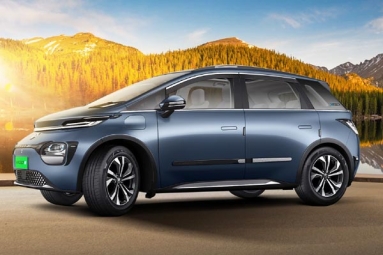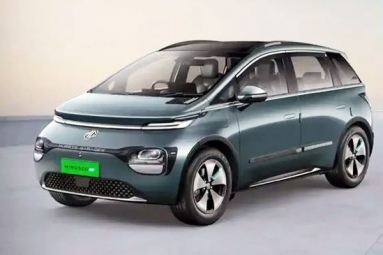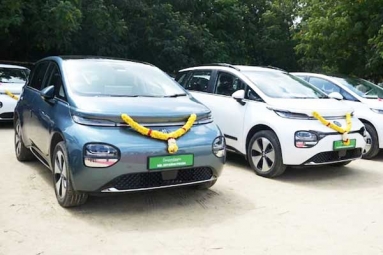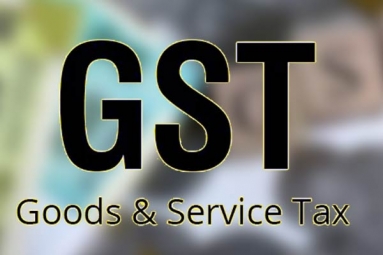
(Image source from: Canva.com)
The GST Council has decided to raise the GST rate on old and used vehicles, including electric ones, sold by registered businesses to 18%. This change does not affect individuals who are not registered under GST. The decision has sparked discussions as it comes when India's used car market is expected to grow. Many believe the government wants to generate more revenue from this expanding sector. While the increased GST aims to standardize tax rates across different vehicle types, earlier explanations by the Finance Minister left buyers and sellers unsure about the impact. The Finance Minister clarified that GST is calculated based on the difference between the original purchase price and the resale price.
The government official stated that the 18% Goods and Services Tax (GST) would be charged only on the profit margin of the dealers, not on the full value of the vehicle. This clarification was provided to address concerns about how the margin would be calculated and whether the GST increase could result in losses for the sellers. The government has decided that if the dealer's margin is negative, no GST will be charged. This ensures that the tax reflects the value added by the dealer, which is considered a service under the GST framework. Taxing the dealer's margin is not a new concept and was also in place during the previous government's tenure as a "Service Tax" until 2017. Previously, old and used vehicles with engine capacities over 1200 cc for petrol, LPG, or CNG, and over 1500 cc for diesel, as well as old and used electric vehicles, were subject to different GST rates. The latest decision standardizes the GST rate for all old and used vehicles, including electric vehicles, at 18%. This decision coincides with the rapid growth of India's used car market, which was valued at USD 31.33 billion in 2022-23 and is projected to reach USD 70.48 billion by 2027-28.
The used car market is anticipated to expand considerably, between 16% and 28%, from the fiscal year 2023 to 2028. In contrast, the new car market is expected to grow at a much slower pace of 1% to 6% during the same timeframe. This rapid growth in the used car sector can be attributed to factors like a growing middle class, higher disposable income, and an increasing demand for personal transportation. The proposed increase in the Goods and Services Tax (GST) will impact businesses involved in the sale of old and used vehicles, especially dealers who claim depreciation on purchased vehicles. Although the tax will not directly affect individuals buying or selling vehicles privately, businesses will need to adjust their pricing strategies to account for the higher tax rate.
















